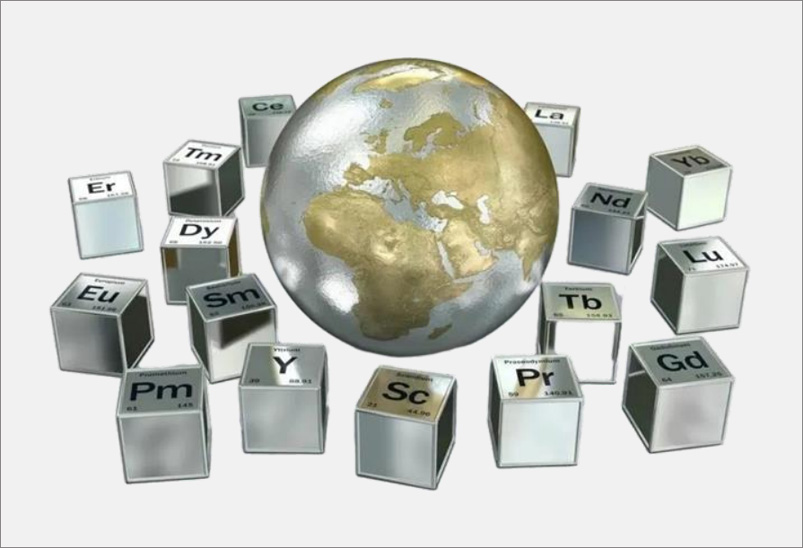In recent years, China has implemented three rounds of key control measures on rare earth exports, aiming to safeguard national security, enhance industrial chain control, and serve as a strategic tool for geopolitical games, and the following are the specific timing, content and impact of these three rounds of control.
The first round of rare earth export control (2023)
In 2023, China imposed export restrictions on gallium (Ga), germanium (Ge) and antimony (Sb) for the first time. These materials are mainly used in semiconductor manufacturing, fiber optic communications, and other fields.
Impact: Gallium and germanium are key raw materials for manufacturing chips, directly affecting the production of RF devices, optoelectronic components, etc., exacerbating the global chip shortage problem. The U.S., Japan and other countries began to seek alternative sources, but in the short term it is difficult to break through China's monopoly on smelting and separation technology.
Rare earth element (chemistry)

Second round of rare earth export control (2024)
In 2024, the scope of control is expanded to include tungsten (W), indium (In), molybdenum (Mo), bismuth (Bi) and tellurium (Te), which are used in semiconductor wafer manufacturing, solar cells and high-temperature alloys.
Impact: Tungsten is used in the chip etching process, and indium is the core material for liquid crystal displays and photovoltaic films, further compressing the access to raw materials for international manufacturers.
Third round of rare earth export control (2025)
On April 4, 2025, China implemented an export licensing system for seven types of medium and heavy rare earths, including samarium (Sm), gadolinium (Gd), terbium (Tb), dysprosium (Dy), lutetium (Lu), scandium (Sc), and yttrium (Y), and required the declaration of end use.
Impact on the global supply chain: Export suspension and contract default: Since April 4, controlled rare earth exports have come to a virtual standstill. Exporters are required to apply for licenses, which can take weeks or longer to approve, resulting in some companies declaring “force majeure” and banning existing shipments from leaving the country.
Impact on U.S.-China trade relations: The export controls are seen as China's countermeasure to higher U.S. tariffs, demonstrating the strategic position of rare earths in the U.S.-China trade war. In the face of China's export restrictions, the U.S. may accelerate the diversification of the rare earth supply chain.
Potential impact on China's rare earth industry: Export restrictions may lead to higher rare earth prices, favoring the profitability of related companies in the short term. In the long term, export controls may prompt overseas customers to look for alternative sources of supply, weakening China's dominant position in the global rare earth market.
The above is China's three rounds of rare earth export control measures related to the introduction, as engaged in the magnet industry in a member of the industry, although difficult, but firmly support the country's decision.
Related Article;
China imposes export controls on some medium and heavy rare earths
 China Neodymium And Ferrite Magnets Manufacturer & Supplier
China Neodymium And Ferrite Magnets Manufacturer & Supplier 


